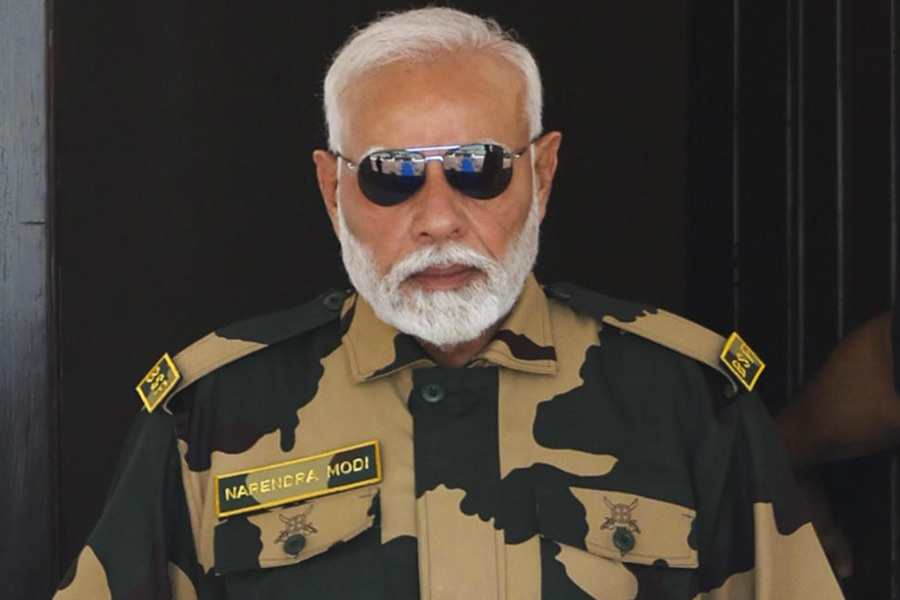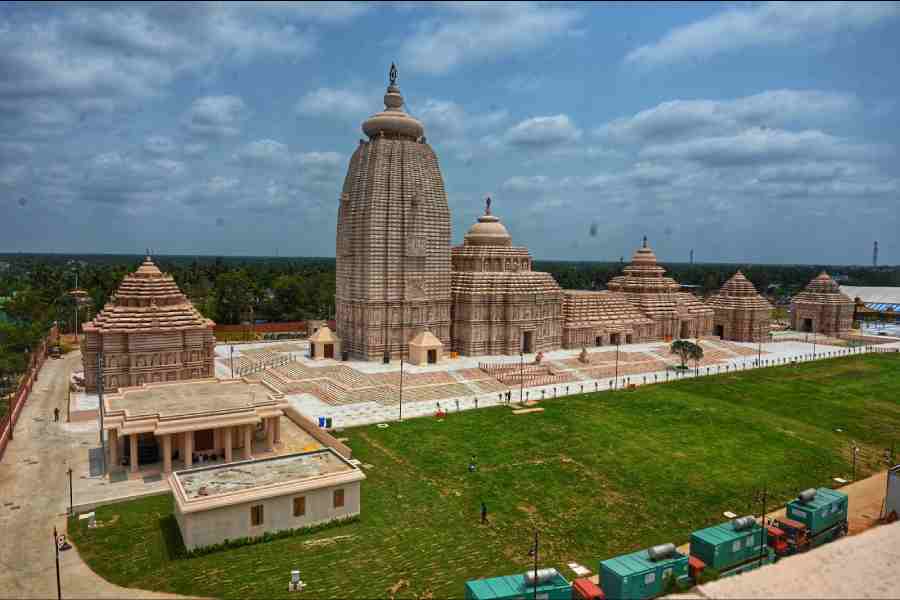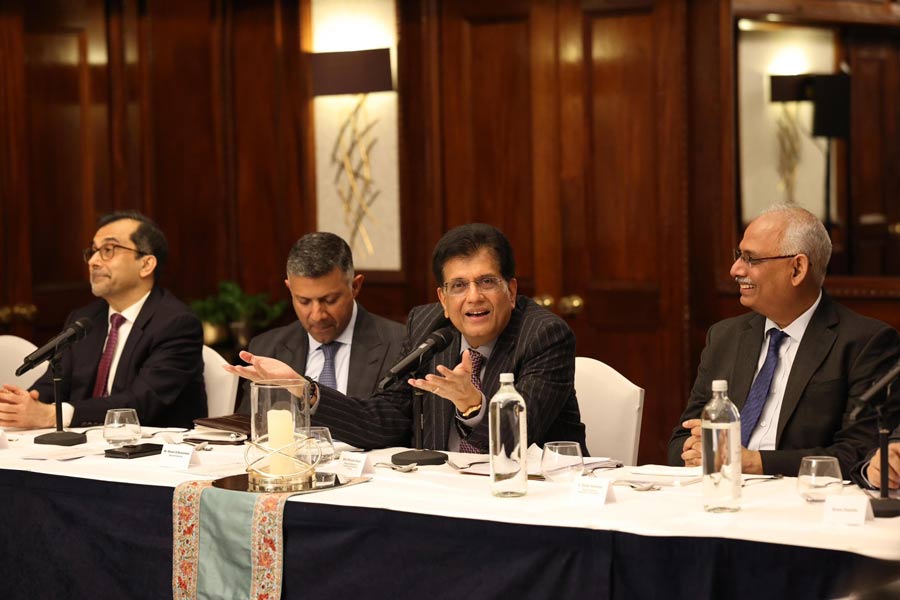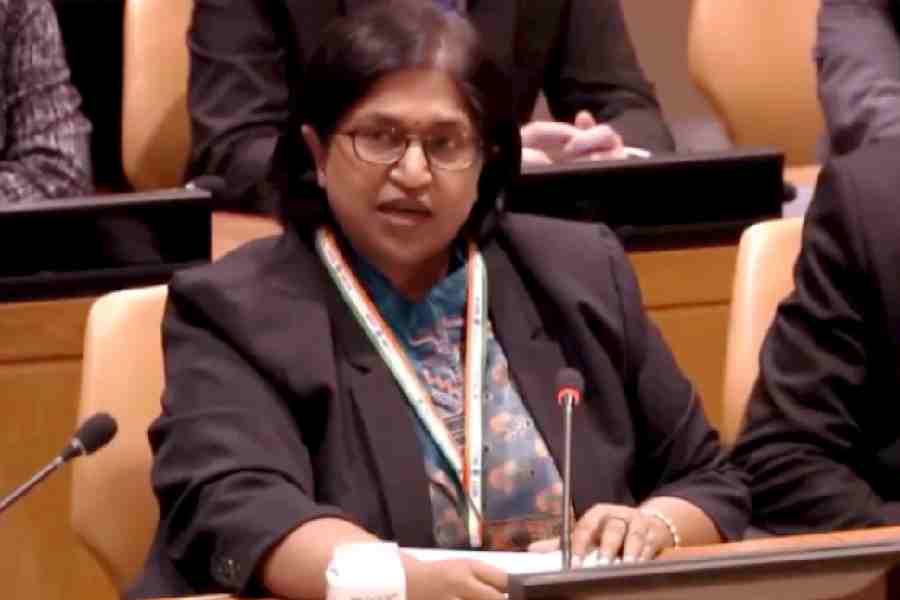 |
| A chintz jacket, part of the Tapi collection of Praful Shah, on show at Birla Academy till October 26. Picture by Pabitra Das |
Threads could not have had it better. An exhibition at the Birla Academy of Art & Culture, focusing ‘Tapi’ textiles, that were once traded to both the East and West belonging to Shilpa and Praful Shah of Garden Vareli fame, Kashmiri shawls, ikkat, jamdanis and kanthas from private collections, and modern textiles inspired by traditional designs. A conference addressed by 23 international scholars in this field.
Thus began on Sunday morning the event on 2,000 years of textile trade between the Indian sub-continent and the world, organised by Sutra, an NGO. Rosemary Crill, senior curator of the V&A, London, who coordinated it, said since not much has been done in India in the field of trade textiles, she expected Sutra to be an impetus for scholars and collectors in India and a second such event. Syed Shahnawaz Hussain, Union minister of textiles, inaugurated the event. Vendor booths where handcrafted textiles are on sale have been set up at Park Hotel.
The introductory paper was by Jasleen Dhamija, who spoke with panache on the geography of Indian textiles. She said our textiles have “criss-crossed” the world. This went back to the Harappan period 5,000 years ago. Mesopotamia has thrown up evidence of this, and today’s Baliyatra in Orissa is a reminder of those business links. They even penetrated Africa. She illustrated her talk with references to Pliny, the Book of Job, the Puranas and a Fifth Century BC physician. She spoke of the maritime trade in textiles and traced the journey of ideas that transformed the lives of people through the Spice route, “fur” route down the Volga, the “salt” route from Algiers to Morocco and Timbuctoo and the trade winds, thus networking the whole world.
She also defined how symbols have been transfored by different cultures. The ‘rumal’ or kerchief from Bengal for Hajis, for instance, has turned into a symbol of Palestinian resistance today. Then, provocatively, she wondered aloud if the “blues” came from textiles dyed with indigo used in the slave trade.
This was followed by talks on brocades produced in Varanasi for Tibetans, a slide show on contemporary use of such brocades among the nomads of Amdo in Tibet, Indian painted cottons for the Sri Lankan market and how fine cottons and silks used to reach the courts of Ming China from Bengal up to the 15th century. The Birla Academy exhibition is on till October 26. A book will be produced on Sutra in the near future.











